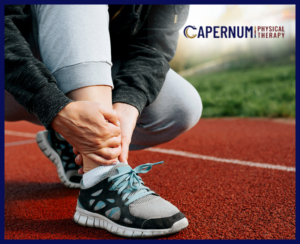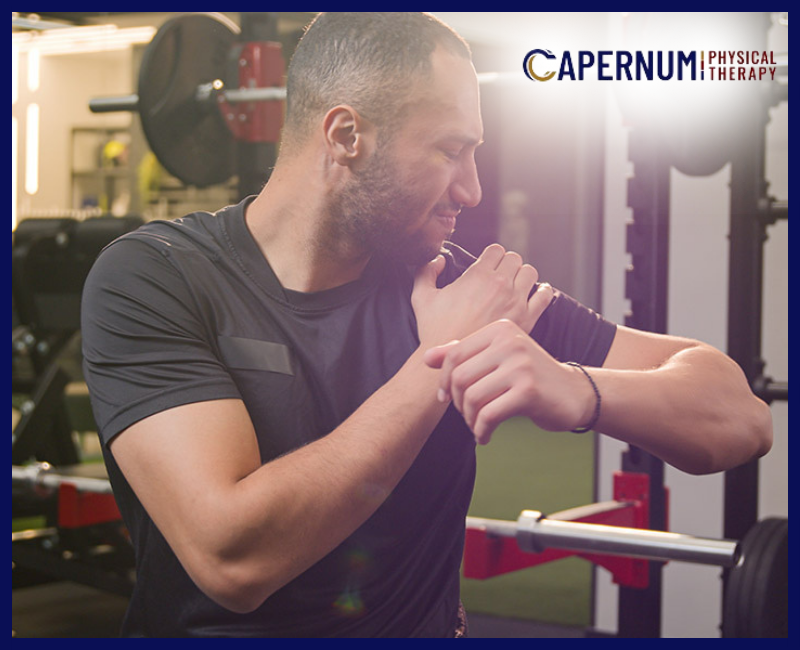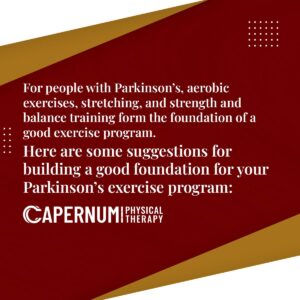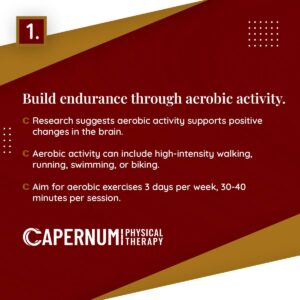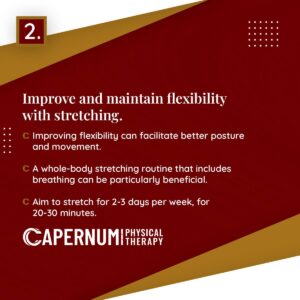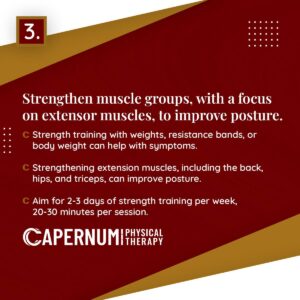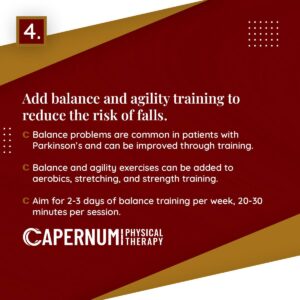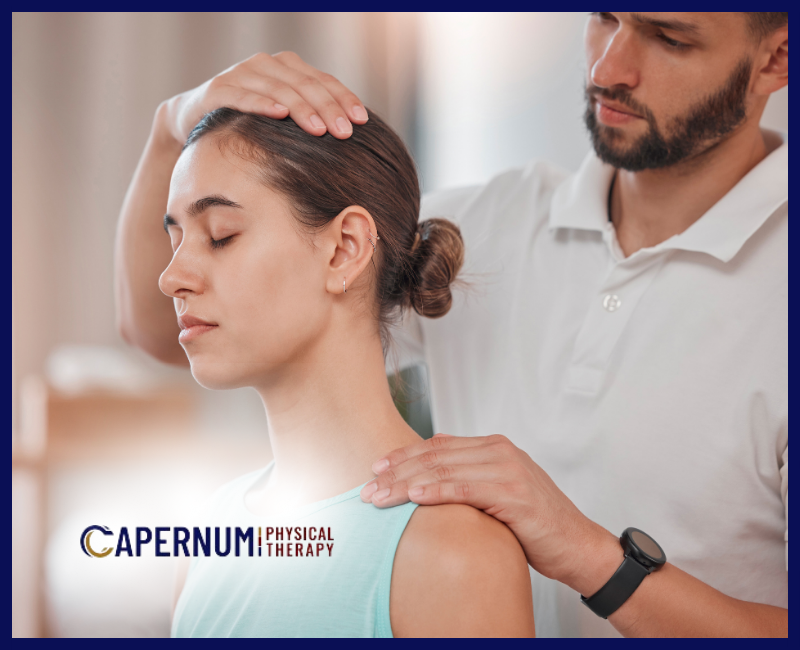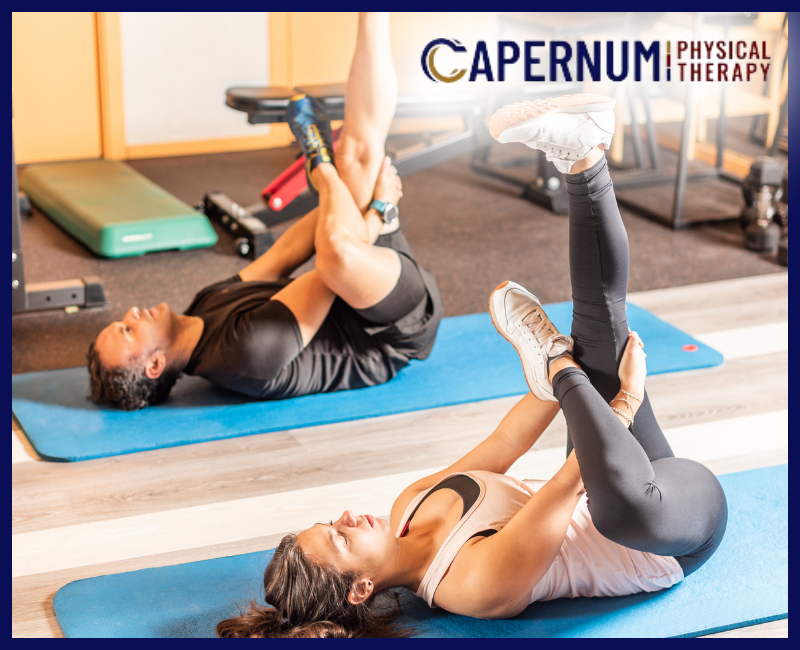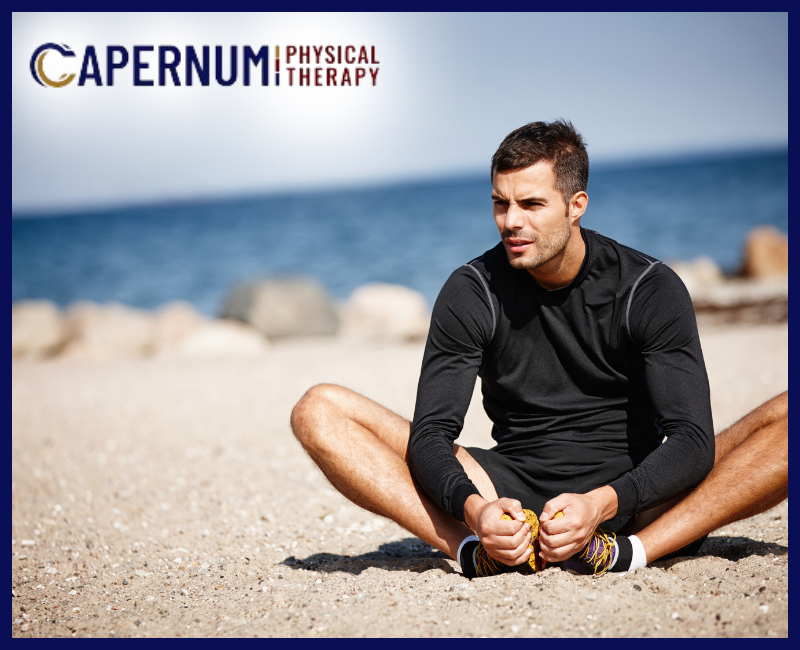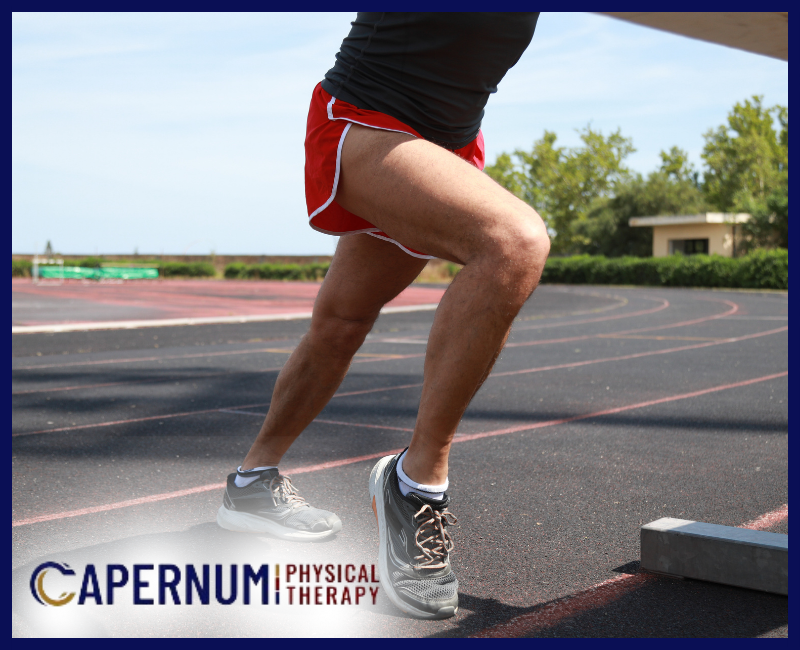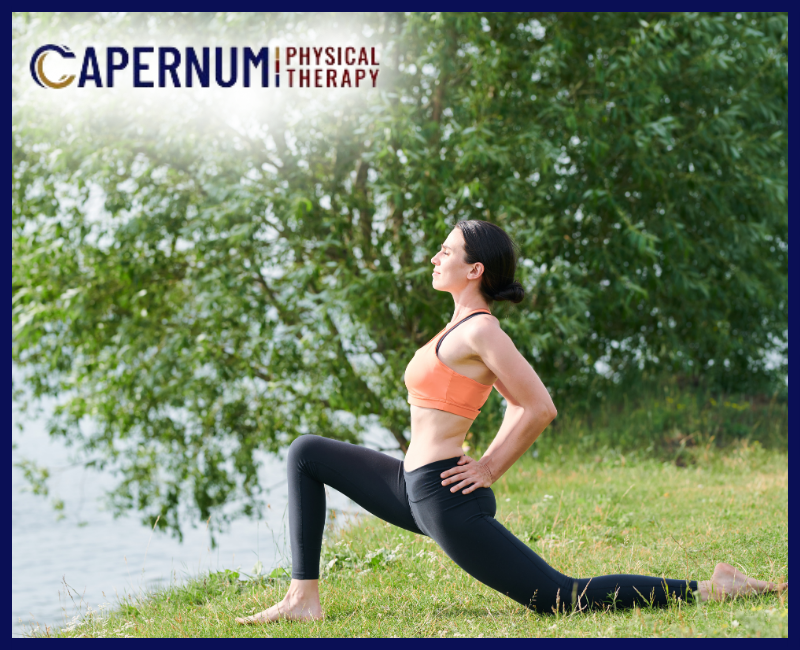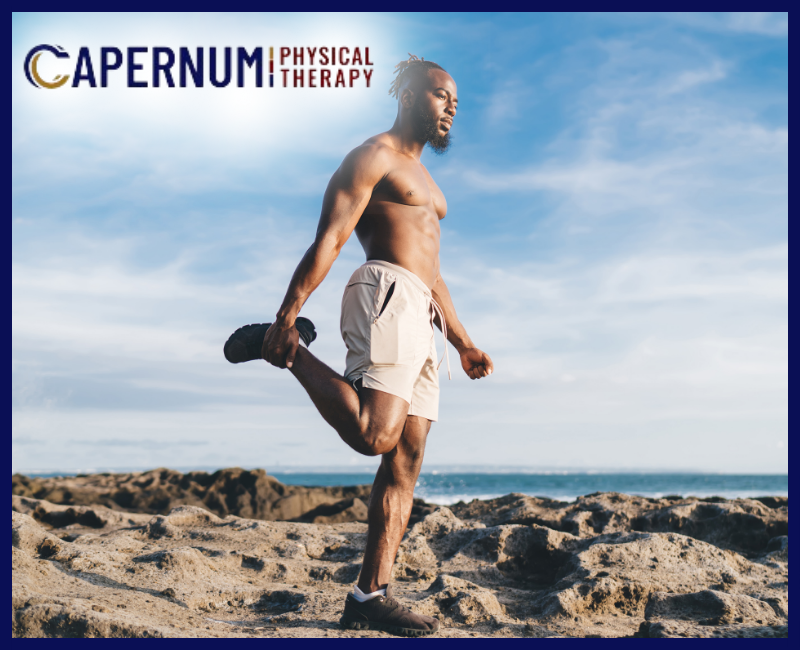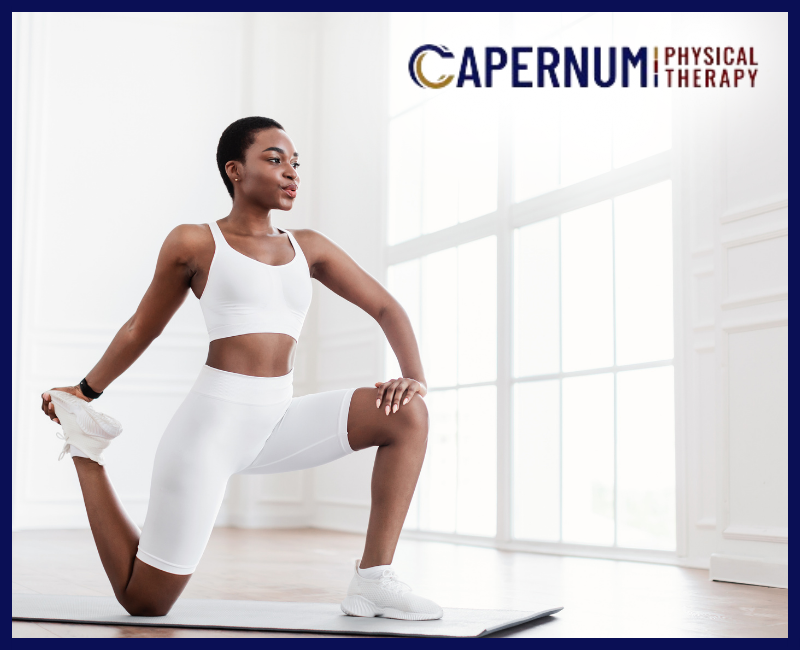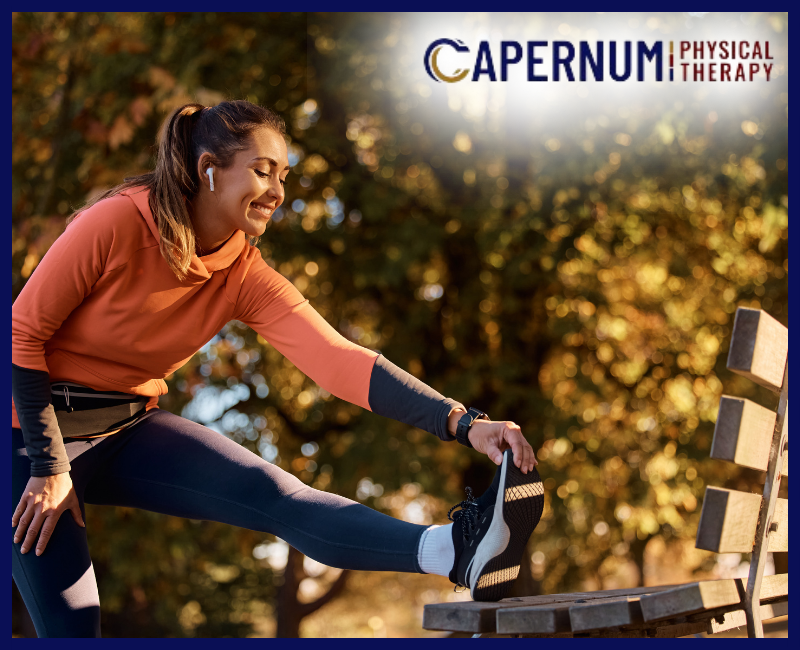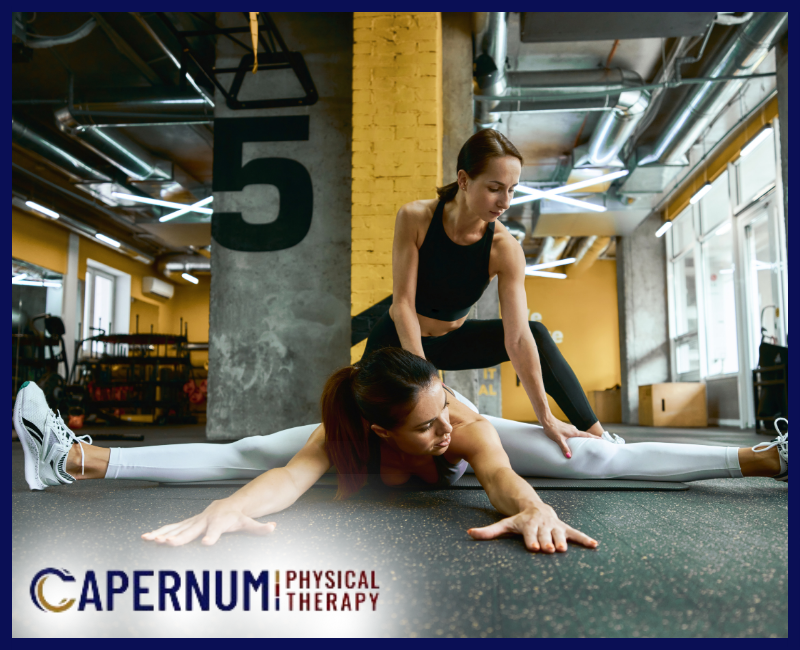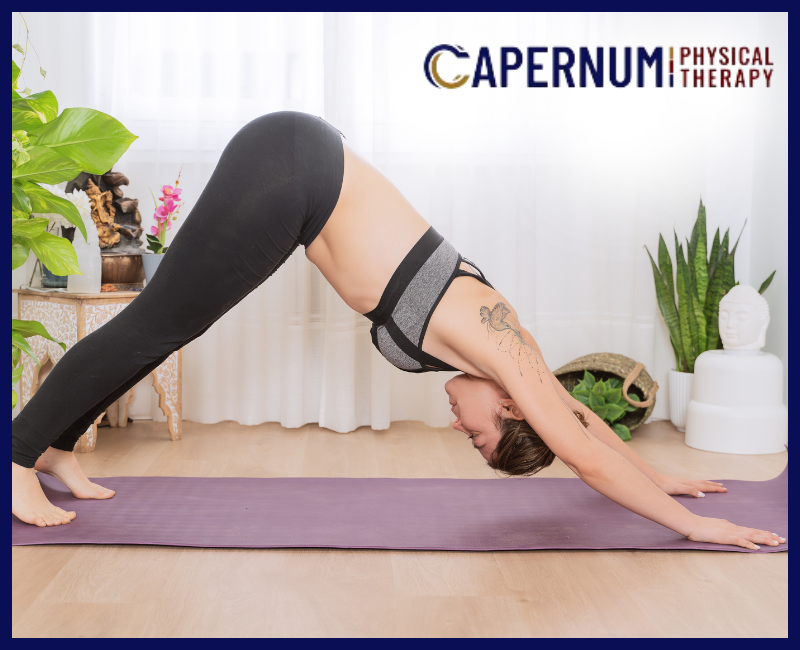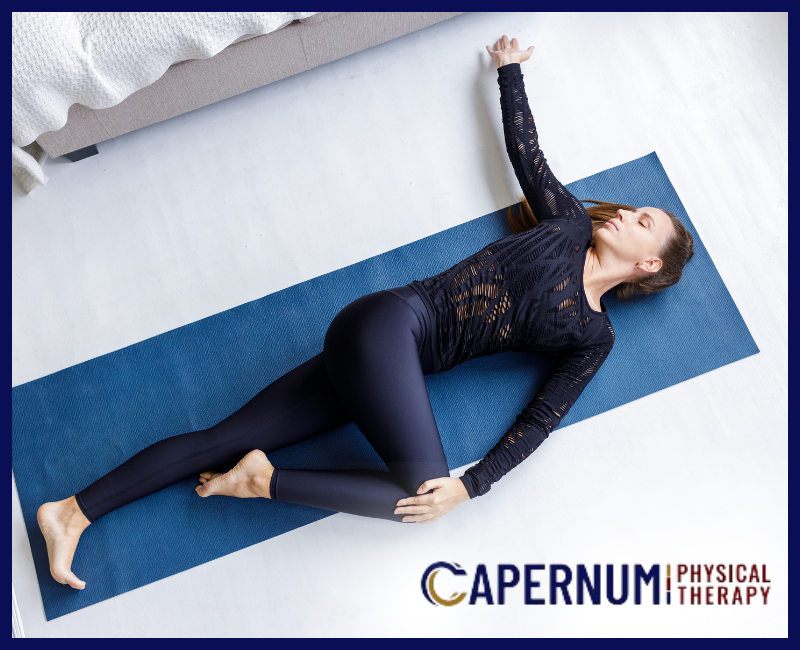Sports injuries are a common thing for athletes of all levels. Understanding the causes and prevention of sports injuries is key. Check out our valuable tips and advice on preventing and treating common sports injuries, which will help you stay healthy and active.
What are sports injuries?
Sports injuries are the types of injuries that commonly happen when you’re playing a sport or doing something athletic. Exercise is important to your overall health, and it can help build strong bones and muscles (musculoskeletal system). But physical activity also raises the risk of injury to your bones, muscles and other soft tissues. Accidents, overtraining and contact sports can lead to sports injuries.
Injuries in sports can happen suddenly, or they can develop slowly over time. Acute injuries happen with sudden, excessive force. Repetitive strain injuries happen when you repeatedly overuse a body part. Any injury can become chronic (long-lasting) if it doesn’t heal well. Many sports injuries can heal at home with appropriate care. But it’s a good idea to have a sports medicine physician examine your injury.
What are common types of sports injuries?
Common types of sports injury include:
- Bone fractures. Sudden force applied to a bone can crack or break it, like a fall, collision or sudden twist. Chronic stress on a bone can cause a stress fracture or growth plate fracture.
- Bursitis. Bursitis is a type of repetitive strain injury that affects your bursae. Bursae are soft tissues that provide padding and shock absorption between your bones and other tissues.
- Concussions. A concussion is a brain injury that happens when you hit your head and your brain bounces off the inside of your skull. Contact sports can lead to concussion injuries.
- Contusions. Contusions are bruises. They come from bleeding under your skin. Ordinary bruises are superficial injuries. But a muscle contusion or bone contusion can be more serious.
- Joint dislocation. This occurs when the end of a bone gets forced out of its normal position within a joint. For example, if your shoulder pops out of its socket, it’s been dislocated.
- Muscle strains. A muscle strain occurs when you overextend a muscle and it stretches too far and tears. Most muscle strains are mild, but a severe one can tear all the way through.
- Sprains. A sprain happens when a ligament stretches too far and tears. Ligaments are tough bands of tissue that connect bones and stabilize joints. These injuries can be mild or severe.
- Tendinitis. Tendinitis is a type of repetitive strain injury that affects a tendon. It’s caused by repetitive motions over time. Tendons are connective tissues that connect muscles to bones.
Which body parts get injured the most in sports?
Certain body parts tend to take more stress from sports than others. Since physical activities rely on moving joints, it’s often these joints and the tissues that support them that get injured the most.
Some of these include your:
- Achilles tendon. Your Achilles tendon is the thick cord that connects your calf muscles to your heel bone. Strain on this tendon can cause Achilles tendinitis or Achilles tendon rupture.
- Ankle joint. Your ankle contains three joints, as well as other bones, cartilage, ligaments, muscles and tendons. Common ankle injuries include ankle sprains and ankle fractures.
- Elbow joint. Your elbow joint is prone to overuse injuries from repetitive movements during sports. Tennis elbow and golfer’s elbow are two examples. You can also get elbow bursitis.
- Head. Less than 2 in 10 sports injuries are head injuries, according to the CDC (Centers for Disease Control and Prevention). Most of these are minor, including nosebleeds and tooth loss, but they also include concussions.
- Knee joint. Your knee joint includes several ligaments that you can sprain. Examples include ACL tears and PCL tears. Other common knee injuries include jumper’s knee and runner’s knee.
- Leg muscles. Leg muscle strains are common, including groin pulls and hamstring injuries. A shin splint, which involves the soft tissues around your shin bone, is a common runner’s injury.
- Shoulder joint. Injuries to your shoulder’s rotator cuff, including tears and tendinitis, are sometimes called swimmer’s shoulder. Other shoulder injuries include fracture and dislocation.
Symptoms and Causes
What are common sports injury symptoms?
It’s not hard to tell when you’ve got a sports injury. You’ll usually get it while playing or working out. You’ll notice when what you’re doing becomes painful. You may also notice other signs of injury.
Common symptoms include:
- Muscle or bone pain (musculoskeletal pain)
- Bruises, color changes or swelling that you can see
- A bone or joint looking out of place (deformity)
- A hard time moving or putting weight on the body part
What causes sports injuries?
The most common causes of sports injuries include:
- Falls, which account for more than 1 in 4 sports injuries, according to the CDC
- Training too hard or too long (overexertion) or overestimating your abilities, which can cause injury
- Direct impact, which includes being hit by sports equipment or running into another player
Risk factors
Sports injuries are usually accidents, and accidents are often random. But some things can contribute to the risk of an injury. These risk factors may include:
- Not wearing the right gear or using the right safety equipment
- Not warming up or stretching properly before activity
- Starting at an intensity level your body isn’t used to
- Playing aggressive contact sports, like tackle football
Diagnosis and Tests
How are sports injuries diagnosed?
To diagnose a sports injury, your healthcare provider will start with a physical exam and medical history. They’ll ask you about what happened at the time of the injury and review your symptoms. They might check how your injured body part moves or how it feels when they touch it. Depending on the injury, they might want to look at pictures of the bones or tissues involved.
They’ll get these pictures through imaging tests like:
- X-ray
- CT scan
- MRI
Management and Treatment
How do you treat a sports injury?
When you first get a sports injury, you can treat it with the RICE method for immediate relief. RICE stands for Rest, Ice, Compression and Elevation. Sometimes, a parent, school nurse or sports medic will apply the RICE method on the field or playground until you can see a healthcare provider. It can help reduce pain and swelling in the acute phase of your injury. But you’ll need different treatment later on.
Many sports injuries can heal at home, though it’s important to have a healthcare provider advise you on your treatment plan. More serious sports injuries may require specialized medical care, like:
- Pain relief. You may need over-the-counter or prescription pain medications.
- Closed reduction. A healthcare provider might need to move a joint back into place.
- Surgery. You might need surgery to repair a tear or fracture, for example.
- A cast or splint. You may need to wear a cast or splint to hold your tissues in place.
After a period of rest, you’ll need to restore strength and flexibility to your injured part. This is the rehabilitation phase of your treatment plan. Your healthcare provider will advise you on when and how to start moving your injured part again. They might refer you to a physical therapist to design a custom exercise plan. Almost any sports injury can benefit from a course of physical therapy.
How do I know if I should seek medical care for a sports injury?
When in doubt, it never hurts to see a qualified healthcare provider about an injury. Repetitive strain injuries, like tendinitis, can sometimes be hard to recognize until you see a provider. You might not realize you have an injury if you can’t connect your symptoms with a specific event. On the other hand, if you have an acute injury, you might not be able to tell how serious it is. Signs to watch for include:
- Severe pain that isn’t getting better
- Extreme bleeding, bruising or swelling
- Obvious deformity, like bones that look out of place
- You can’t move or use the injured part
Prevention
What can I do to prevent sports injuries?
Not all injuries are preventable, but there are some practical steps you can take to reduce your risk:
- Get trained. When you start a new activity, make sure you learn and practice safe techniques.
- Gear up. Use the right protective gear and equipment to prevent injuries.
- Start slow. Warm up and stretch before activity. Gradually increase your level of intensity.
- Build fitness. A regular fitness routine will help condition your body for various sports.
- Mix it up. Cross-train or vary your exercise routine. Don’t play the same sport year-round.
- Know your limits. Listen to your body and don’t push it too far. Allow yourself time to recover.
Outlook / Prognosis
What can I expect after a sports injury?
The outlook after a sports injury depends on the type and how bad it is. Most sports injuries are minor and can heal in a few days to weeks. Others might need medical interventions or surgery and can take several months to heal. How well you take care of your injury at home can also affect your recovery. Returning to activity too soon can interrupt the healing process. Not moving it enough can also stall it.
What questions should I ask my healthcare provider about my sports injury?
You can ask your provider:
- How should I manage my pain?
- How long should I rest my injury, and when should I start moving it again?
- What types of exercises should I do during rehabilitation?
- When can I return to sports or other intensive activities?
- How should I take care of my injured part when I return to my sport?
A note from Cleveland Clinic
Sports injuries are common, but most are minor and heal easily. Good training and technique can help prevent injuries. Accidents can still happen, but the health benefits of an active lifestyle outweigh the risks. In general, it’s better for your body to challenge it than not to. The process of injury and recovery can help teach us greater respect for our bodies — their limits, as well as their amazing healing abilities.
Don’t let pain sideline you in 2025. Let our physical therapy specialists help you recover from injuries with a personalized treatment plan. Call us today at 201.308.3884 or join our Instagram community here.
Reference: [https://my.clevelandclinic.org/health/diseases/22093-sports-injuries]


